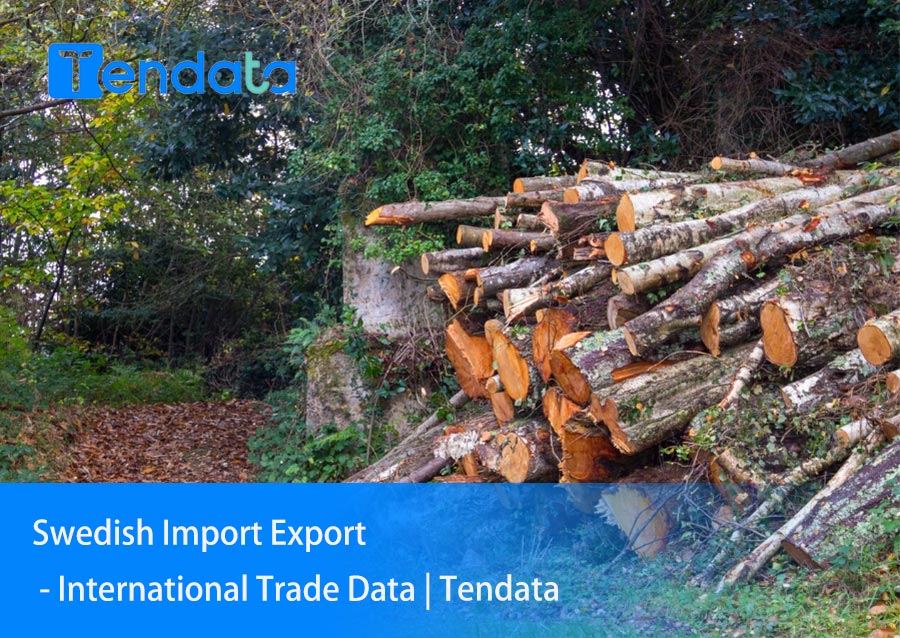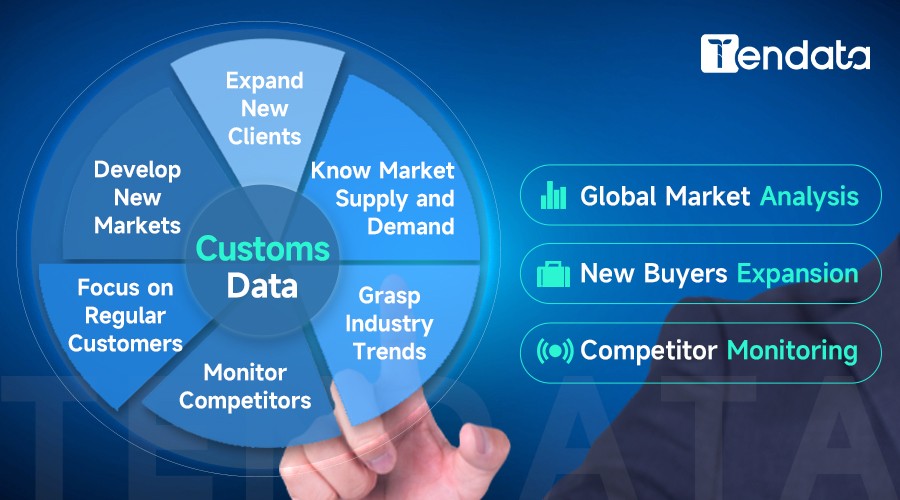 Trade Data
Trade Data
 24-11-2023
24-11-2023

Imports
In 2022, the Kingdom of Sweden imported $202.2 billion worth of products from around the world. The dollar value of Swedish imports increased by 8.1% from 2021 to 2022, from $187.1 billion.
Swedish Trading Partner
From a continental perspective, 80.5% of Sweden's total imports (by value) are purchased from other European countries. Asian trading partners supply another 13.2% of Sweden's imports.
Smaller shares come from North America (3.9%), Africa (1.2%), Latin America (0.8%) (excluding Mexico but including the Caribbean), and then Oceania (0.4%), led by Australia.
Sweden's Top 10 Imported Products
1. Fossil fuels including oil: $28.4 billion (14% of total imports)
2. Machinery, including computers: $24.8 billion (12.3%)
3. Motors and equipment: US$24.1 billion (11.9%)
4. Vehicles: $19.9 billion (9.8%)
5. Plastics, plastic products: $7.3 billion (3.6%)
6. Steel: $6.7 billion (3.3%)
7. Drugs: $6.4 billion (3.2%)
8. Fish: $5.8 billion (2.9%)
9. Steel products: $5.4 billion (2.7%)
10. Optics, technology, medical devices: $5.2 billion (2.5%)
Sweden's top ten imports account for approximately two-thirds (66.2%) of the total value of products it purchases from other countries.
Double-digit increases among Sweden's main import categories were fossil fuels, including petroleum (up 55.6% compared to 2021), steel products (up 19.5%), metal steel (up 15.5%) and imported fish (up 11.2%). The smallest year-on-year increase was a 2.4% increase in spending on imported cars in Sweden.
Looking at the more detailed four-digit HS code, Sweden's most valuable imported products are crude oil (accounting for 7.4% of Sweden's total imports), automobiles (4.8%), processed petroleum (4.4%), and phones including smartphones. equipment (3.4%) and automotive parts or accessories (2.9%).
Exports
In 2022, Sweden shipped $197.8 billion worth of products globally. The total value of Swedish exports increased by 4.2% from $189.8 billion in 2021.
Sweden's 5 most valuable exports are processed petroleum, cars, and dosage mixtures of pharmaceuticals. blood components (including antisera) and telephone devices (including smartphones).
Largest Trading Partner Buys Swedish Exports
The latest country-specific data shows that Swedish exports are mainly purchased by importers from the following countries: Norway (10.7% of Sweden's total), Germany (10%), the United States (8.9%), Denmark (7.5%), Finland ( 7.3%), the United Kingdom (5.4%), the Netherlands (4.8%), Poland (4%), France (3.9%), Belgium (3.6%), mainland China (3.5%) and Italy (3%).
Sweden's Top 10 Export Products
1. Machinery including computers: US$27.5 billion (accounting for 13.9% of total exports)
2. Vehicles: $24.3 billion (12.3%)
3. Fossil fuels including oil: $21.5 billion (10.9%)
4. Motors and equipment: US$16.8 billion (8.5%)
5. Drugs: $13.3 billion (6.7%)
6. Paper and paper products: US$9.9 billion (5%)
7. Steel: $9.1 billion (4.6%)
8. Plastics, plastic products: $7 billion (3.6%)
9. Timber: $6.2 billion (3.2%)
10. Fish: $5.2 billion (2.6%)
Sweden's top ten export products account for more than two-thirds (71.2%) of its total global export value.
Fossil fuels, including oil, are the fastest growing among the top ten export categories, rising 63% from 2021 to 2022. The second largest export sales improvement was pharmaceuticals, which increased by 18.5%. Swedish Metal Steel had the third-largest increase in shipments, up 12.2%.
The largest decline among Sweden's top ten export categories was timber, which fell -5.3% year-on-year.
According to the more detailed four-digit HS code, Sweden’s top ten export products are:
1. Processing oil (9.16%, $13.01 Billion)
2. Cars (8.47%, $12.03 Billion)
3. Drug Mixed Dosage (5.47%, $7.77 Billion)
4. Blood components (including antiserum) (3.53%, $5.01 Billion)
5. Telephone equipment, including smartphones (3.5%, $4.97 Billion)
6. Saw timber (3.44%, $4.88 Billion)
7. Auto parts/accessories (3.34%, $4.75 Billion)
8. Electricity (3.32%, $4.71 Billion)
9. Whole fish (fresh) (2.82%, $4 Billion)
10. Iron ore, concentrate (2.61%, $3.71 Billion)
>>>Click to Get Free Access to Customs Data from 80+ Countries<<<
Is Free Customs Data Useful?
Currently, customs data in the market is divided into two categories: paid and free. According to Tendata's knowledge, many customs data companies claim to have developed a free customs data system. However, the core intention is to attract traffic for secondary marketing and profit.

Shanghai Tendata iTrader provides detailed customs data inquiries from 80+ countries, (>>>Click to Use Data Analytics for Free Online) statistical data inquiries from 27 EU countries, millions of genuine and accurate purchaser information, and detailed information on successful client bill of ladings. With its system capable of generating 17 types of market data analysis reports with a single click, Tendata iTrader assists management in making informed decisions effortlessly.
Category
Leave Message for Demo Request or Questions


 T-info
T-info T-discovery
T-discovery

 My
Tendata
My
Tendata Market Analysis
Market Analysis Customer
Development
Customer
Development Competitor
Monitoring
Competitor
Monitoring Customer Relationship
Customer Relationship





































































































































